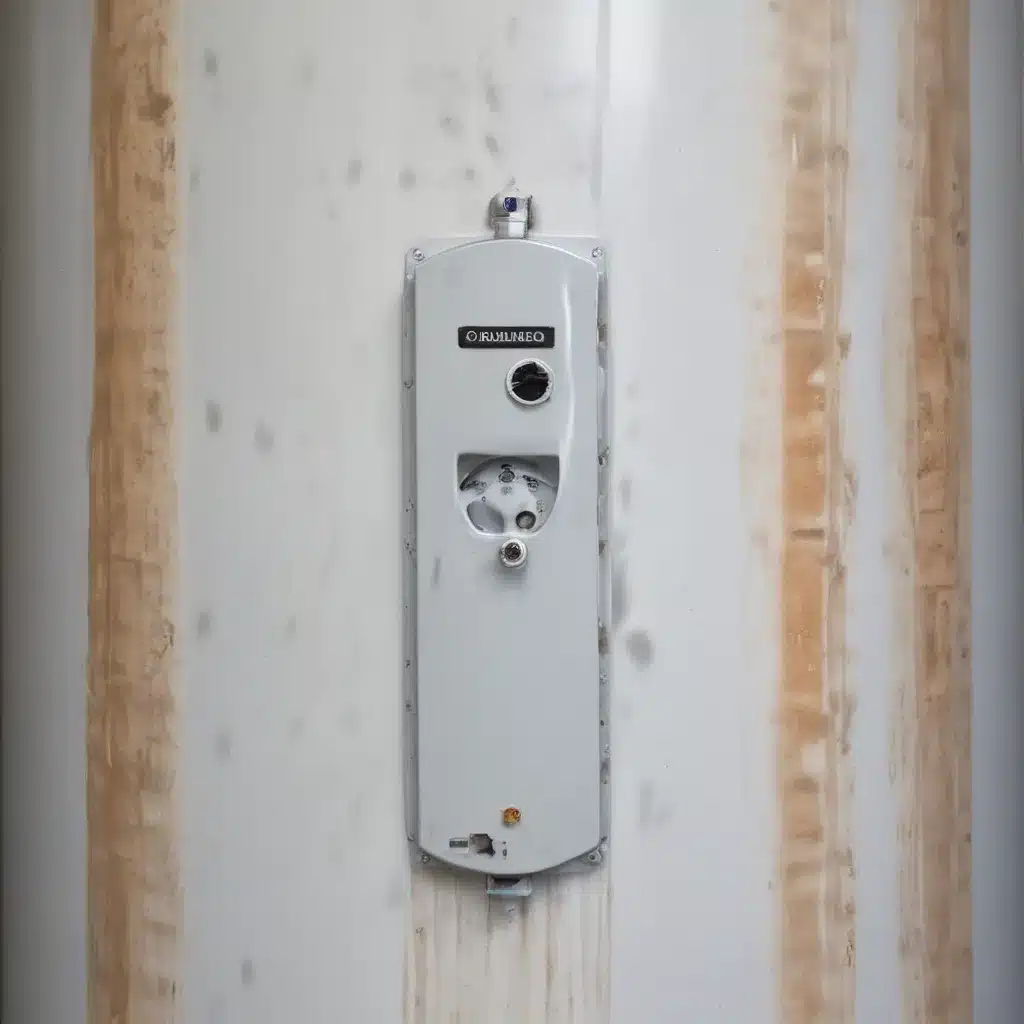
Porcelain-enameled steel water heaters are a popular choice for residential and commercial applications due to their durability, corrosion resistance, and efficient heat transfer. However, over time, the porcelain enamel lining can succumb to various forms of corrosion, leading to premature failure and the need for replacement. As an experienced water heater specialist, I’ll delve into the common corrosion mechanisms, preventive maintenance strategies, and innovative solutions to extend the lifespan of these reliable appliances.
Now, this might seem counterintuitive when dealing with water heaters…
Understanding Porcelain-Enameled Steel Water Heater Tanks
The key to the longevity of porcelain-enameled steel water heaters lies in the unique composition and manufacturing process. These tanks are constructed with a steel shell that is coated with a vitreous (glass-like) porcelain enamel lining. This enamel layer is fused to the steel at high temperatures, creating a strong, inert, and non-porous surface that guards against corrosion.
The porcelain enamel lining serves several crucial functions:
- Corrosion Resistance: The enamel forms a protective barrier that prevents direct contact between the steel and the water, mitigating electrochemical and galvanic corrosion.
- Thermal Efficiency: The smooth, glossy surface of the enamel facilitates efficient heat transfer, helping to maintain the water heater’s energy efficiency.
- Durability: Porcelain enamel is highly resistant to abrasion, impact, and chemical attack, making it well-suited for the demanding environment of a water heater tank.
Corrosion Mechanisms in Porcelain-Enameled Steel Water Heaters
While porcelain enamel is a highly effective protective coating, it is not impervious to all forms of corrosion. Over time and under certain conditions, the enamel lining can succumb to various corrosion mechanisms, compromising the integrity of the water heater tank.
Electrochemical Corrosion
Electrochemical corrosion occurs when there is a difference in electrical potential between two metals or between a metal and its environment. In the case of a porcelain-enameled steel water heater, the steel tank and the metal fittings (such as the anode rod) can create a galvanic cell, leading to the gradual deterioration of the less noble metal.
Galvanic Corrosion
Galvanic corrosion can occur when the porcelain enamel lining is damaged, exposing the underlying steel to the water. If the water heater is connected to a dissimilar metal plumbing system, such as copper pipes, a galvanic cell can form, accelerating the corrosion of the steel.
Scaling and Mineral Buildup
Hard water, which is high in dissolved minerals such as calcium and magnesium, can lead to the formation of scale and mineral deposits on the interior surfaces of the water heater tank. This buildup can insulate the tank, reducing heat transfer efficiency, and also create crevices where corrosion can initiate.
Preventive Maintenance and Corrosion Protection Strategies
To extend the lifespan of porcelain-enameled steel water heaters and mitigate the effects of corrosion, it’s essential to implement a comprehensive maintenance and protection plan. Here are some key strategies:
Anode Rod Replacement
The anode rod is a sacrificial metal component that is designed to attract and corrode in place of the steel tank. Over time, the anode rod becomes depleted and needs to be replaced to continue protecting the tank. Regularly inspecting and replacing the anode rod can significantly prolong the tank’s lifespan.
Flushing and Sediment Removal
Periodic flushing of the water heater tank to remove accumulated sediment and mineral deposits can help prevent scale buildup and reduce the risk of corrosion. This maintenance task should be performed according to the manufacturer’s recommendations, typically once or twice a year.
Water Quality Monitoring
Closely monitoring the water quality, particularly the pH, hardness, and mineral content, can help identify potential corrosion risks. If the water quality is found to be outside the recommended range, adjustments or water treatment may be necessary to mitigate the issue.
Corrosion-Resistant Plumbing Materials
When replacing or upgrading the plumbing system connected to the water heater, it’s important to choose materials that are compatible and resistant to galvanic corrosion. Stainless steel, plastic, or dielectric unions can help prevent the formation of galvanic cells and protect the porcelain-enameled steel tank.
Innovative Solutions for Enhanced Corrosion Protection
In addition to traditional maintenance practices, manufacturers have developed advanced technologies to further enhance the corrosion resistance of porcelain-enameled steel water heaters.
Titanium Dioxide (TiO2) Glass Coatings
One such innovation is the incorporation of titanium dioxide (TiO2) into the porcelain enamel lining. TiO2 is a known corrosion inhibitor that can significantly improve the durability and longevity of the glass-fused-to-steel tank. Manufacturers, such as CST Industries, have patented their own TiO2-based coatings, like VITRIUM, to provide enhanced protection against corrosion.
Improved Edge Coating (EDGECOAT II)
Another advancement in porcelain enamel technology is the EDGECOAT II process, which provides improved glass encapsulation on all four sides of the steel sheets used in the tank construction. This continuous innovation helps to minimize the risk of corrosion at the edges, where the enamel is most vulnerable.
By incorporating these advanced coatings and manufacturing techniques, water heater manufacturers can offer porcelain-enameled steel tanks with superior corrosion resistance and extended lifespans, ultimately providing homeowners and commercial building owners with a more reliable and long-lasting water heating solution.
Conclusion
Porcelain-enameled steel water heaters are a durable and efficient choice for residential and commercial applications. However, proper maintenance and a proactive approach to addressing corrosion are essential to ensuring their longevity. By understanding the common corrosion mechanisms, implementing preventive maintenance strategies, and leveraging innovative coating technologies, water heater specialists can help homeowners and building owners maximize the lifespan and performance of their porcelain-enameled steel water heaters.
For more information on water heater methods, plumbing solutions, maintenance, and installation insights, be sure to visit WaterHeaterPick.com.
Tip: Consider upgrading to a tankless water heater for energy savings

